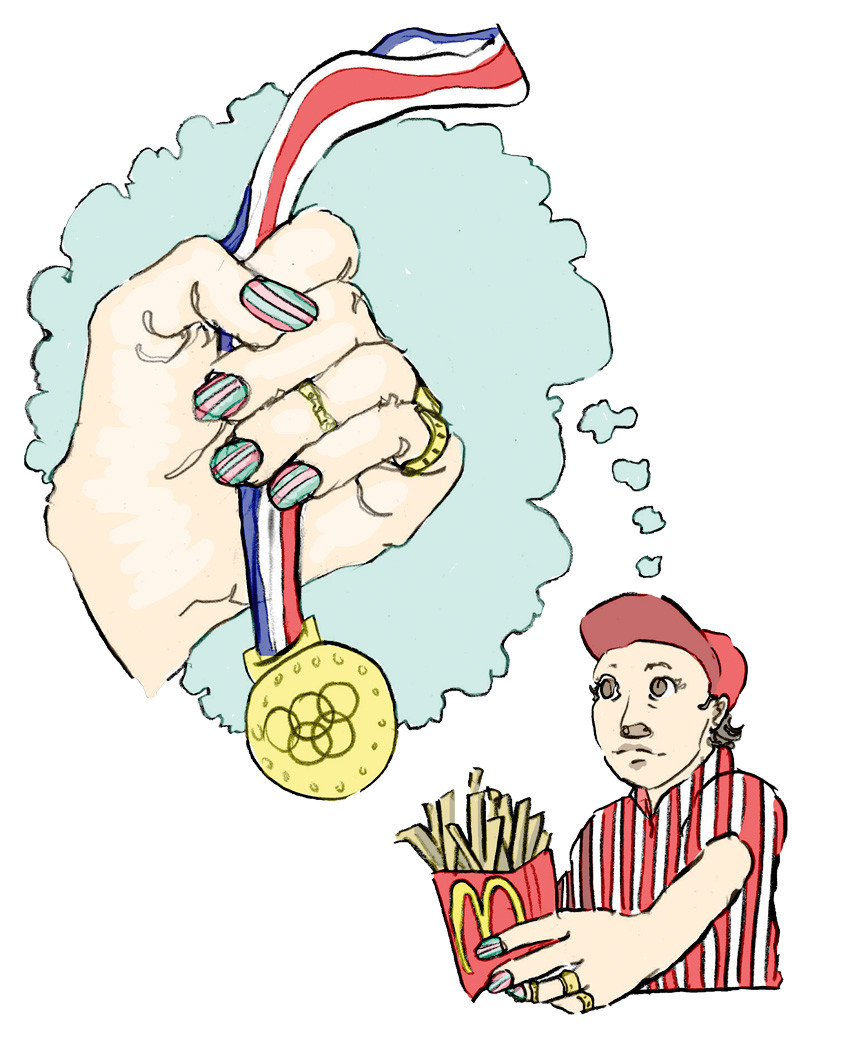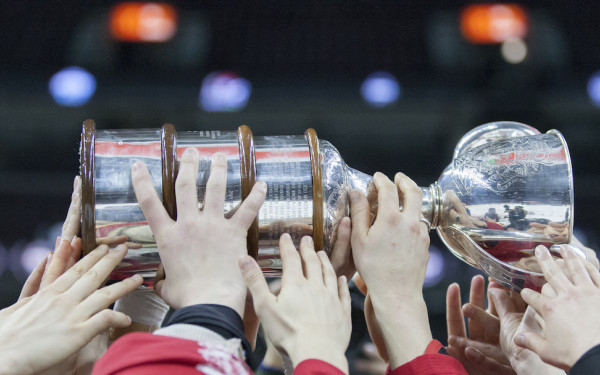Public (Non) Exposure
Why Female Athletes Aren’t As Popular As They Should Be
Hockey superstar Hayley Wickenheiser is known for her ability to skate up the ice and put the puck in the net. Soccer star Christine Sinclair grabs the attention of soccer fans with her speed on the field. These female athletes are household names to some sports fans, but they’re often overlooked by the majority of them.
Women’s sports in general tend to be overlooked by major sponsors and media organizations. Only important games and tournaments, including the FIFA Women’s World Cup, are televised or broadcast on radio. Professional women’s sports need a balance of media exposure as well as sponsors.
The Women’s Sport and Fitness Foundation monitors and keeps track of all the major events for women athletes. In 2013, they reported that women received seven per cent of coverage. This would be the answer to why these athletes do not receive any sponsorship. Any company that would like to
sponsor an athlete will look for those who get the most exposure, simply because that’s how they make their money. If these women aren’t being broadcasted, they will most likely strike out.
But the question still remains: why do male athletes get more exposure? As sports fans, we’ve always been taught that male sports are more important and that the exclusion of women is just natural. As a female athlete myself, this can be disappointing, but there is a way to prove this is wrong.
Women’s sports aren’t unpopular, they’re just lacking in visibility and coverage. There are plenty of fans out there that support female athletes from their countries. However, we only see this when we actually experience it and go see an event ourselves, even if major sports networks like TSN and ESPN do not advertise them. If sports fans saw these devoted fans cheering on their teams and having a good time, they might be more inclined to attend a game as well.
Canada’s female athletes are highly talented. If they weren’t, leagues and championships wouldn’t have been created for them to perform. These women aren’t given a fair chance to show the world what they can do. This goes beyond the Olympics and into the smaller-scale championships and leagues as well.
Not every hockey, soccer or basketball player makes the national team. There are many skilled athletes that are never broadcasted on television or heard on radio. However, the biggest inequality between male and female athletes can be seen through their salaries.
According to Forbes Magazine, the top-paid male athlete last year was Floyd Mayweather, a professional boxer, earning $105 million in 2014. Compare this to the top-paid female athlete of that year, Maria Sharapova. The tennis superstar earned $24.4 million. There has never been an answer as to why male athletes are paid significantly more than female athletes.
This all goes back to the concept of sponsorship. There are many companies willing to support female athletes, but these women won’t bring in enough revenue.
Of the top ten female athletes of 2013, Nike sponsors only five of them. Nike sponsors almost all male professional athletes.
Since female athletes are not broadcast as much as men, they receive less exposure. These endorsement deals rely on how much the athlete is seen on television wearing their products. An athlete that is to be sponsored by high-end companies such as Nike or Adidas wears those products every time they compete, whether it’s a major championship or not.
Because these female athletes cannot be paid as much as male athletes, it’s sometimes difficult to rely solely on their talent.
Danielle Goyette, a former member of Team Canada’s women’s hockey team, has represented her country at numerous Winter Olympics. According to The Globe and Mail, she had to work for Home Depot while attempting to make the cut for the national team. Although she made the team, she remained an employee at the hardware store because she had no other income. Playing for your national team is not a paying gig.
The debate about how much female athletes should be paid or why their sports are unpopular mainly comes down to one thing: exposure. Although it may seem like something trivial, it has a major effect on the athletes themselves.
Female athletes more often than not have to live a double life while playing the sport they’re passionate about. If these major sports networks broadcasted female sports as much as men, maybe this problem would disappear. These women work hard to be the best at their sport and should be given the opportunity to show their talent to the world.


_600_832_s.png)

_600_375_90_s_c1.jpg)
1_600_375_90_s_c1.jpg)

